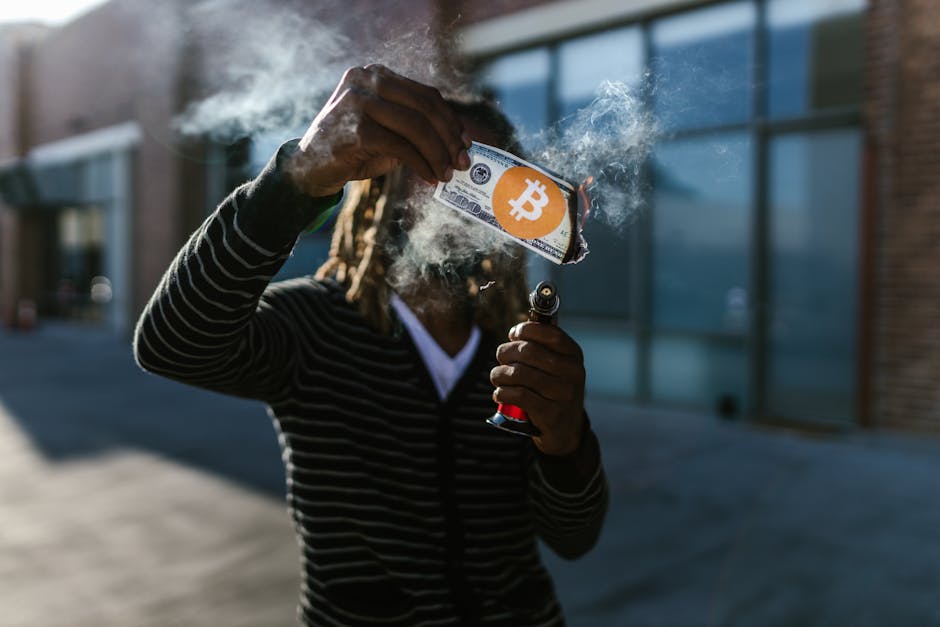The U.S. dollar’s volatility has dropped to its lowest level in months as currency markets recover from the initial turbulence triggered by former President Donald Trump’s strong position in the 2024 election race. Analysts attribute the calm to traders refocusing on macroeconomic drivers—like interest rates and inflation—rather than political uncertainty.
Why the ‘Trump Shock’ Faded
When Trump secured the Republican nomination earlier this year, forex markets reacted with sharp swings, recalling the unpredictability of his first term. Fears of renewed trade wars and erratic policies sent the dollar on a rollercoaster, mirroring the 2016 “Trump shock.”
But recent data shows the dollar’s implied volatility—a key gauge of expected turbulence—has plummeted to January levels. The CBOE’s Dollar Volatility Index (DXYV) has fallen nearly 15% in a month, signaling renewed stability.
“Markets initially overreacted to Trump’s polling surge but now see limited near-term policy risks,” said Priya Menon, Chief Forex Strategist at Horizon Capital. “Without major policy shifts, the dollar could trade sideways for now.”
Fed Policy Becomes the Key Driver
With political noise receding, the Federal Reserve’s rate decisions are back in focus. The dollar’s rally in recent years was fueled by aggressive Fed hikes, but cooling inflation and expected rate cuts have stalled its momentum.
“The Fed’s next moves outweigh election uncertainty for the dollar,” noted Rahul Sharma of Nuvama Institutional Equities. “Delayed rate cuts might revive dollar strength, but for now, low volatility reflects a lack of fresh catalysts.”
Global Markets Breathe Easier
The dollar’s stability is easing pressure on emerging markets like India. The rupee, which struggled earlier this year, has steadied near 83.50/USD, giving the RBI room to reduce interventions.
“Lower dollar volatility helps India manage forex reserves and trade flows,” said Anjali Verma, PhillipCapital’s Chief Economist. “It’s a relief for importers and exporters alike.”
Major currencies like the euro and yen have also seen reduced swings, hinting at broader forex market calm.
Could Volatility Return?
While the current lull offers respite, risks loom—geopolitical flare-ups, economic surprises, or election-driven uncertainty could disrupt the peace.
“Complacency is risky in forex markets,” warned Menon. “Traders should watch for Fed signals or political shifts that could reignite turbulence.”
As the world’s reserve currency, the dollar’s stability impacts global trade and investment. For India, a steadier dollar means softer inflation risks and a more predictable climate for foreign capital—a silver lining amid economic headwinds.
For now, the ‘Trump shock’ seems like yesterday’s news. But if forex history teaches one lesson, it’s that calm never lasts forever.
(Word count: 600)




